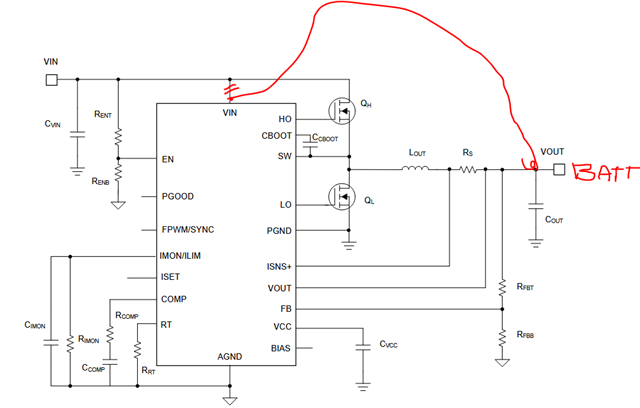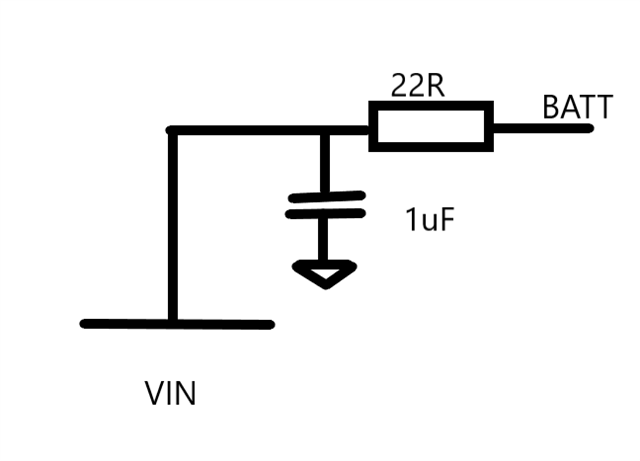Tool/software:
Hello,
We used the LM5190 to create a circuit that limits the maximum charging current of a lithium battery in systems derived from lead-acid storage systems.
The BMS activates the circuit to limit the battery charging current to a maximum of 10A.
The maximum input voltage is 60Vdc and in any case cannot exceed 80Vdc.
The circuit always has on the output the battery voltage.
We have had unexplained component failures.
A failure condition appears to occur when the input voltage is applied when the EN pin is already enabled.
We tried connecting the VIN pin to both the input voltage and the battery (output), and in the latter case, failures seem to be more frequent.
We had placed a filter on the VIN pin consisting of 22R and 1uF, but this increased the failure rate compared to connecting the pin directly to the power supply.
Does anyone know what could be causing the component to fail?
Thanks for your help.



